AVID Pellar, Pulsus, Pellere, and Pulsare II Phono Stages
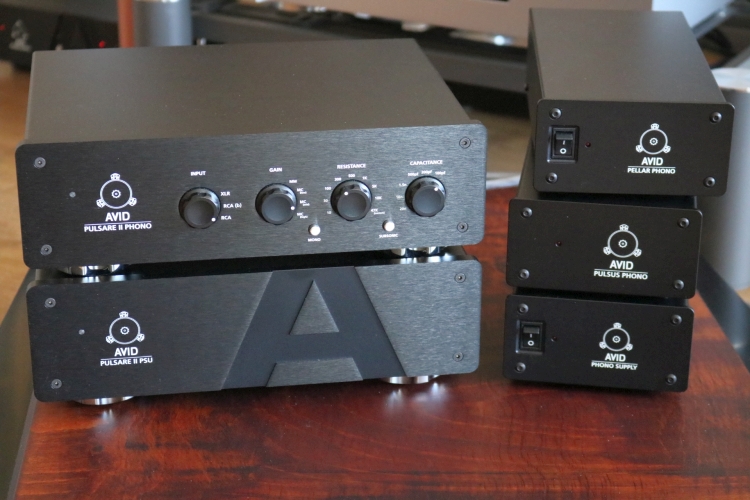
Pulsare II
The Pulsare II is the AVID range-topping model, and indeed, it is quite something else than the Pellar and Pulsus.
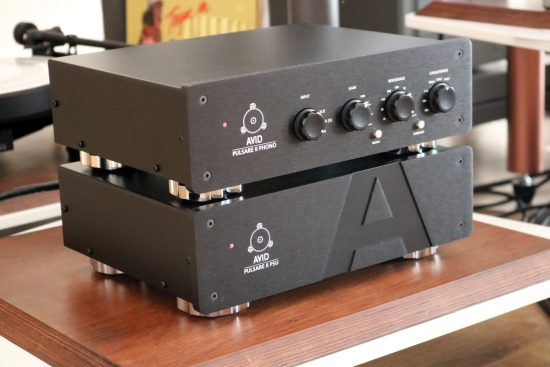
Built into two much larger and much heavier chassis, the Pulsare II is not only the non-plus ultra of the AVID phono stages but also one of the most flexible phono stages in existence. The only other phono stages that I am aware of that offer similarly extensive functionality are the Pass XP-27 and the CH Precision P1 and both are considerably more expensive than the Pulsare II.
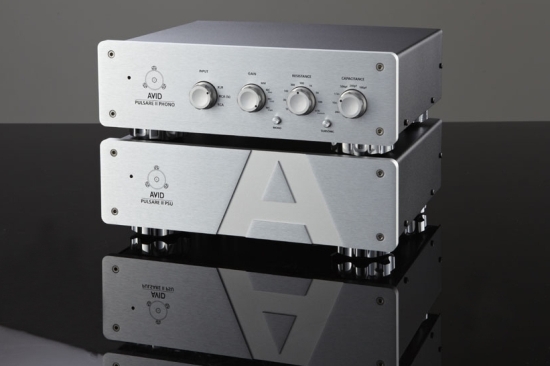
All AVID Phono Stage models are also available in Silver
The Pulsare II’s beautifully sculpted power supply chassis contains a 300VA Toroidal transformer and fourfold rectification to supply discrete plus and minus voltage lines for both channels via a large yet flexible umbilical cable with beefy 12-pin metal connectors with a lockable collar.
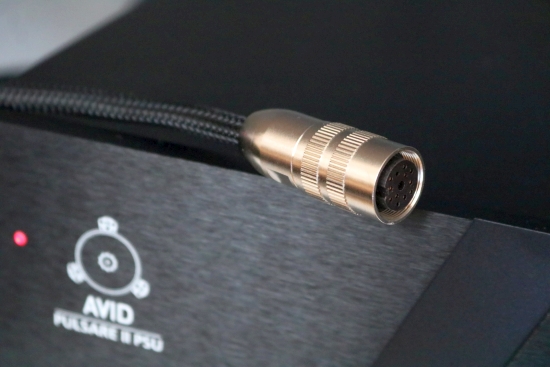
A fully balanced design from input to output, the Pulsare II is conceived to have exceptionally low noise levels and massive headroom. The circuits are built using extremely high-specification components and, 1% tolerance capacitors for the passive (Neumann HF correction-) RIAA filtering.
All of the unit’s Gain, Resistance, and Capacitance settings are set directly on the PCB via banks of relays which are controlled by an array of smoothly-running, solid-metal rotary dials conveniently placed on the front panel.
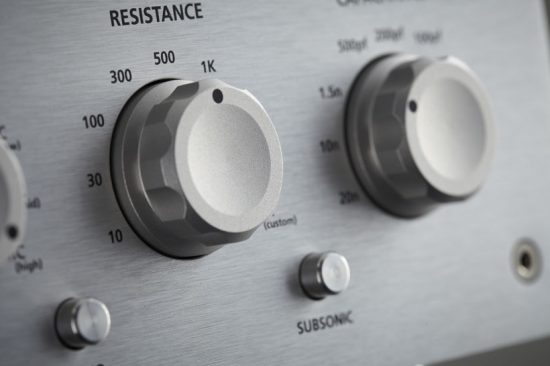
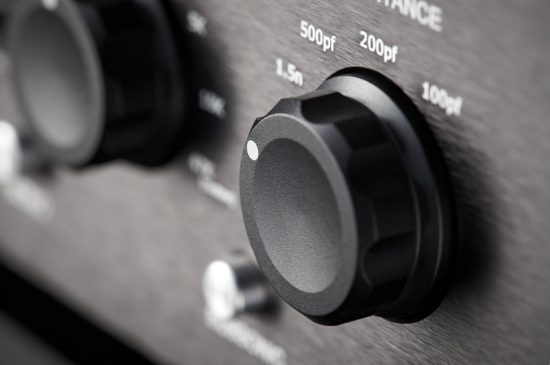
The Gain can be set to 40dB, 50dB, 60dB, or 70dB. The Input Resistance can be set to 10R, 30R, 100R, 300R, 500R, 1K, 5K, 10K, 47K, or any custom desired value. The Input Capacitance has an unusually wide range and can be set to 100pF, 200pF, 500pF, 1.5nF, 10nF, or 20nF. The custom resistance loading value is achieved by adding internal RCA plugs fitted with resistor values as required to alter the 47k loading to the desired value. The user manual contains a lookup table to assist with picking the correct values. Additionally, the Pulsare II offers a mono facility, a subsonic filter, both also relay-driven and accessible from the front panel. Finally, there is a ground lift function which is the one and only function that is accessed from the unit’s back panel.
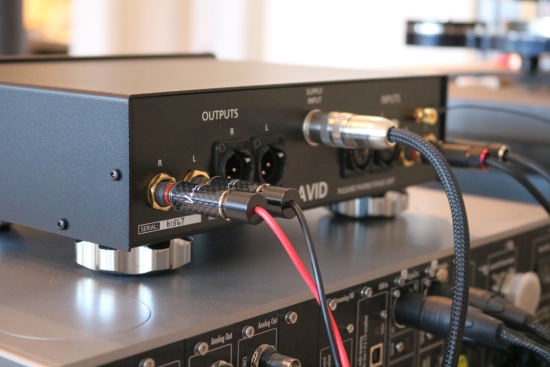
Inputs and outputs are both XLR and RCA, and whilst running fully balanced internally, the output is optionally balanced or unbalanced. Even the RCA inputs can optionally be used in balanced mode by a flick of the front-panel dial.
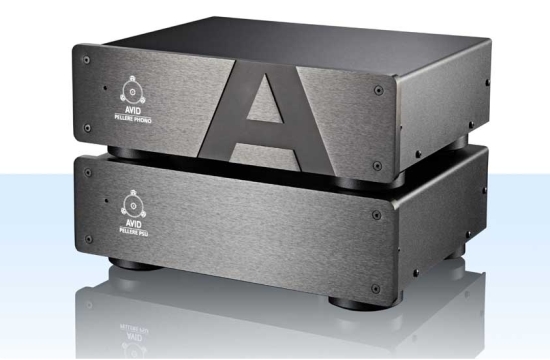
Pellere
The Pellere phono stage was not available to listen to but it may be good to know that this friendlier-priced alternative to the Pulsare II provides all the same settings minus only the custom resistance loading. Spec-wise, it looks to be identical to the Pulsare II and I wouldn’t be surprised if it indeed offered nearly identical performance. Looking inside, the PCB layout is in part different due to the replacement of the Pulsare II’s banks of relays by bottom-mounted micro switches, but otherwise, it is extremely similar.
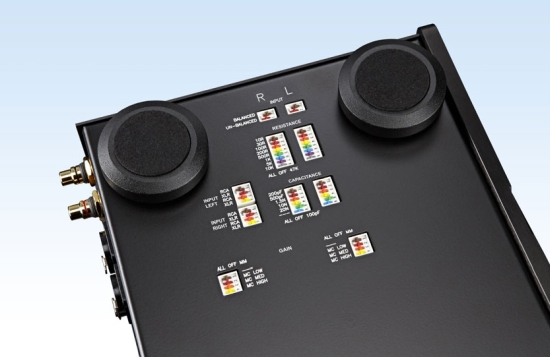
The main difference between the Pulsare II and the Pellere is in the location of the microswitches: on the bottom, rather than conveniently on the front panel. Other than this, the only visible difference is that the Pulsare II has the AVID trademark knob-like feet in a highly polished finish while the Pellere has simpler and more regularly shaped matte black feet. If the intended use is to set it and forget it, then the Pellere offers improved value for money.
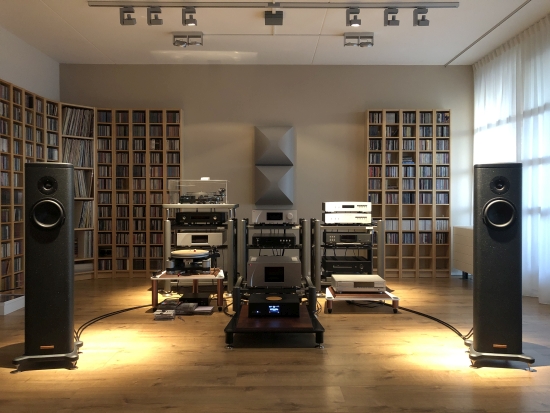
System Context
The three AVID phono stages will be reviewed using both of my regular systems. The main system consists of the Origin Live Calypso mk4 turntable with Aidas Rainbow cartridge, CH Precision P1 phono stage, Ayon Stealth preamp, CH Precision A1.5 power amp, and Magico S1 MkII speakers.
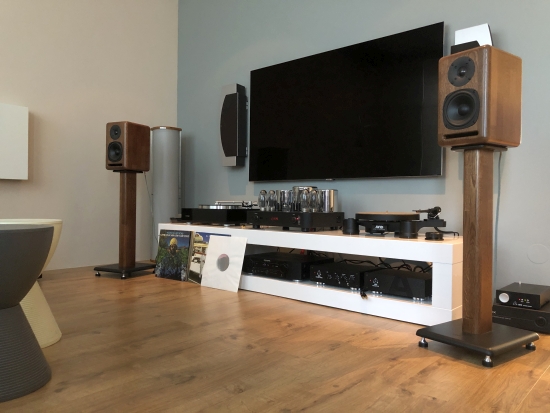
The secondary system consists of the Thorens TD1601 turntable with Audio Technica AT33Sa cartridge, Ayon Spirit III KT-150 tube amplifier, and Xavian Perla Esclusiva loudspeakers. All the electronics (AVID phono stages included) are all used with Belden 19364 power cables.
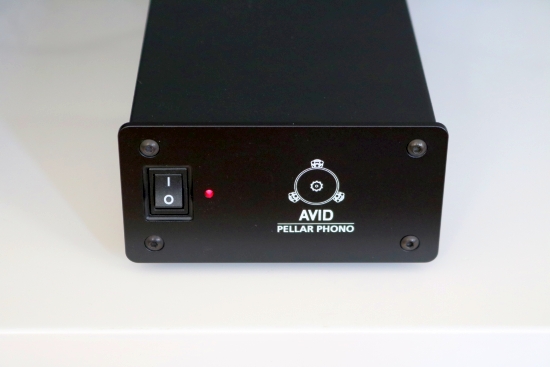
Listening to the Pellar
Starting with the entry-level Pellar in the main system and using the AVID Sequel turntable with the Audio Origami PU7 tonearm (12-gram effective mass version with Cardas 33ga internal wiring and super OFC external cable) and a Dynavector 10×5 mkII high-output MC cartridge and all of the Pellar’s DIP switches in the off-position and with the 500 Ohm adapters applied, the sound is immediately likable, with a full-bodied bass and a warm midrange. It’s a surprisingly royal presentation with a large sound bubble and a free-flowing, lush, rich, and warm delivery.
The midrange is invitingly rich but also quite relaxed. Considering that I am using the very open and communicative Dynavector 10×5 this is a point worth considering. On the other hand, the Pellar is likely to be used with much more affordable turntables and then most likely with a Rega-type tonearm. Coincidentally, or perhaps by design, these tonearms tend to be forward in the midrange, thereby likely balancing out the tonality.
The bass could be more articulate for my taste but it’s not slow and the toe-tapping factor is still present. In the Pellar’s price range, there are phono stages that are more revealing, more linear, and more nuanced, but I would be surprised if you could find one for less that sounds this powerful, voluptuous, and smooth. Likewise, the midrange could be a little bit spicier but it’s easy to go overboard. As a case in point, the ridiculously cheap Schiit Mani has a more articulate and transparent delivery that initially tricks the brains into liking it but is also rather lean and gray and ultimately not groovy and emotionally not very involving. This is where the Pellar definitely does not let down.
Listening to the Pellar in the secondary system with the Thorens TD1601 that, with the AT33Sa cartridge sounds quite neutral but slightly sweet, the Pellar (set to 500 Ohms and MC-Low) sounds in line with what I heard in the main system. Also in this combination, its sound is big, warm, and smooth, with a relaxed midrange. If there’s one thing that the Pellar will likely never be, it’s overly forward, let alone aggressive.
Where competing products, even those with similar 1000-euro price tags, tend to offer clean-and-lean sound, the AVID Pellar offers the kind of full-bodied, “grown-up” sound that is normally only obtained when further climbing the audiophile ladder.
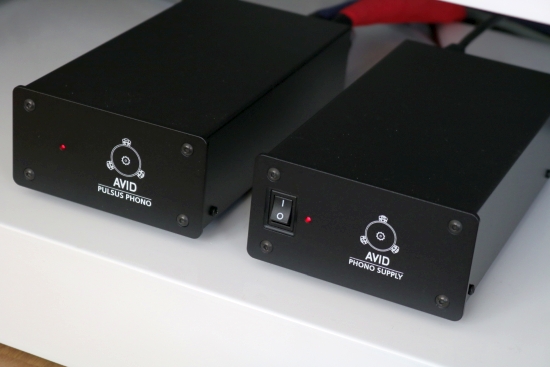
Listening to the Pulsus
To make a fair comparison in the secondary system with the Thorens TD1601 turntable, I used the 500-Ohm setting on the Pulsus and the low MC setting, just like on the Pellar. At first glance, the Pulsus appears to be a Pellar with an external power supply. That it’s more than that is imminently clear when listening to the two units side by side.
The Pulsus retains the Pellar’s full-bodied bass and its smooth overall sound but it scores extra points in the midrange where it remains gently rich and sweet but is more open and expressive, making for a better balance between fullness and liveliness. Whereas the Pellar tends to slightly lump subtle individual sounds together tonally as well as spatially, the Pulsus adds nuance and more separation. Also worth mentioning is that the timbre is entirely natural and decidedly non-electronic. This is also an aspect where many rival phono stages fail.
The overall sound is chunky, full, forgiving, and emotionally involving. As with the Pellar, the Pulsus is not the last word in differentiation or transparency but it has a hugely enjoyable delivery. It’s the antithesis to being clinical. While the Pulsus provides a thoroughly enjoyable presentation, I’m not sure if it sets new benchmarks in its price range. For instance, at 1.875 euros, the recently revised Lejonklou MC-only Entity in its latest 1.1 guise poses an alternative with a cleaner and leaner, less full-bodied presentation and the bare minimum in terms of configurability but with superlative transparency, low-level detailing, treble air, and refinement.
Nevertheless, if the Pulsus’ sonic improvements over the Pellar alone may not entirely justify a doubling of price, it’s good to realize that the extra money also buys massively extended configurability.
Like the Pellar, the Pulsus works exceedingly well in any combination that I tried. Whether with the AVID Sequel turntable, the Origin Live, or the Thorens, and with the Dynavector 10×5, the Aidas Rainbow, and Audio Technica AT33Sa cartridges, it performs entirely consistently and always musically.
The benefit of having a separate power supply is that it also allows the two units to be placed further apart. While the sonic advantages of the Pulsus design are clear with the two units stacked side by side or on top of one another, an extra measure of breath and freedom within the soundstage is obtained when moving the power supply away from the preamp.
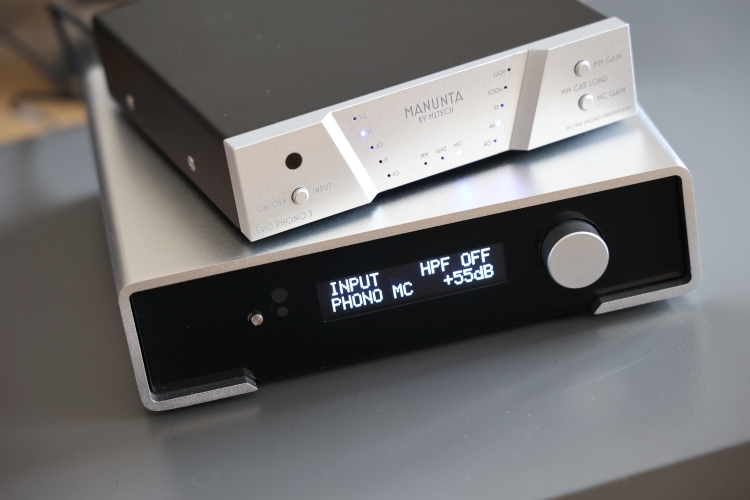
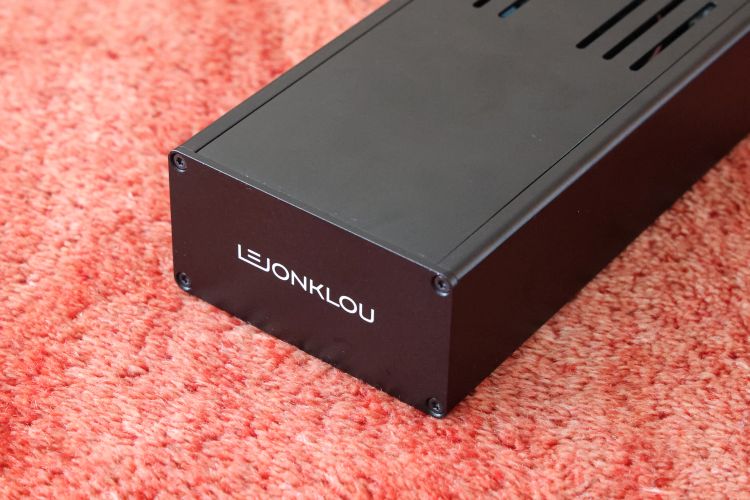
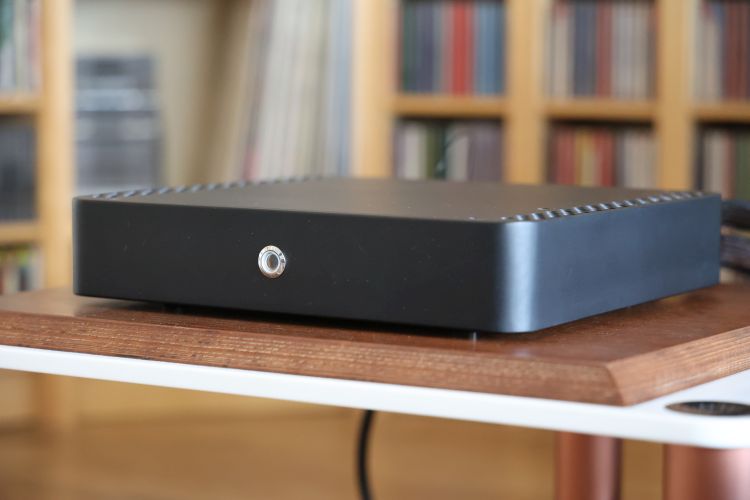
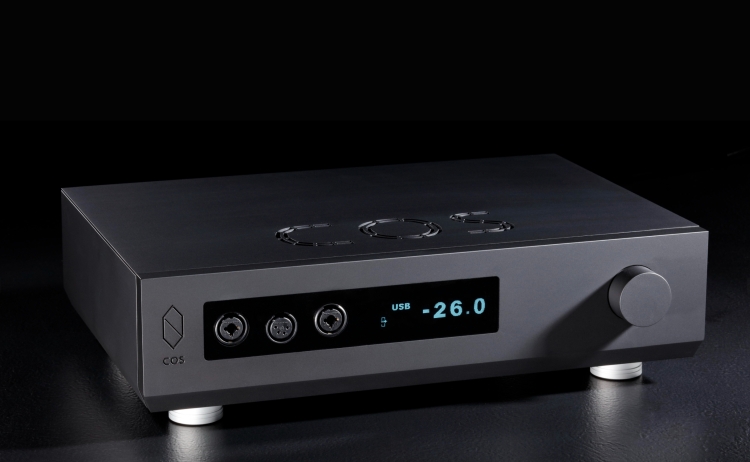
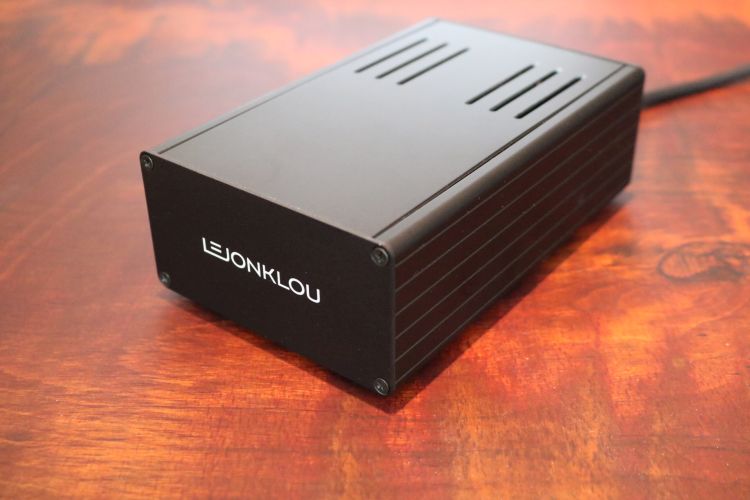
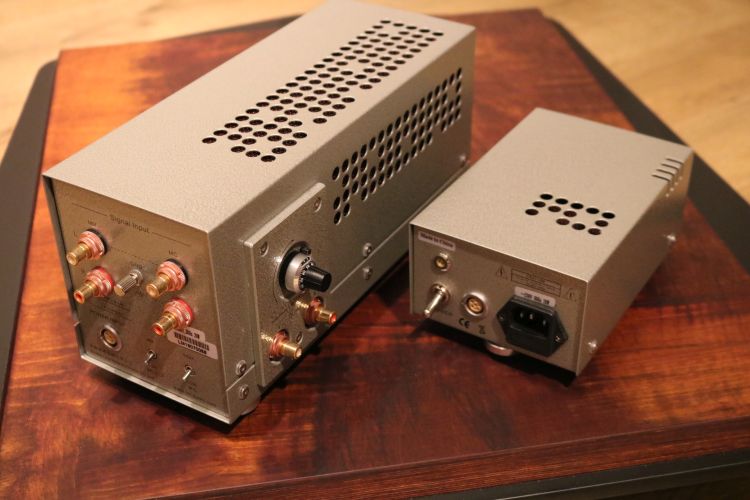
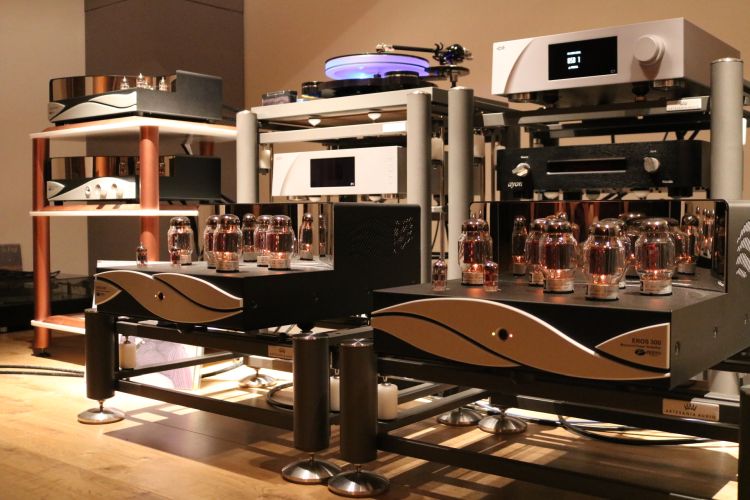
Hi. Thanks for this review, very informative and loved your style.
I have just heard about the Pellar (or Avid) and would be curious to try – also as might have found a used one going very cheap but… I have a Technics TT and vintage-ish Marantz pm7200 amp. I like emotional and involving (hence the Marantz with Class A) but also because of this, wouldn’t mind a revealing and detailed phono.
You mentioned in the Pellar’s price range there might be more revealing, more linear, and more nuance. Any suggestions from your “sound travels” of one that can be both revealing and involving? I heard great things about the Spartan 20 and Pro – have you had a chance to audition them?
Thanks!
Thanks, Enrico. Alas, I have not heard any of Michael Fidler’s equipment. But following my relatively limited phono stage adventures, given what you are after, I can recommend looking at Manunta and M2Tech. Please see my reviews for more details.